Seasickness? What’s that? After decades of never experiencing it, I gained a new appreciation of the suffering some experience from seasickness.
Since beginning The Boat Galley, I have gotten regular questions about dealing with seasickness. I passed on tips from other cruisers. But I always prefaced it with “I don’t have a lot of personal experience with seasickness.” But then, that changed.
My First Time Feeling Seasick
In 2014, we took a trip to the US and Spanish Virgin Islands on a friend’s boat. I became seasick every time we got underway, until I learned avoidance strategies that worked for me.
Frankly, I was surprised. I’ve felt a little queasy maybe a half dozen times in the past. I only got truly seasick twice, both in unusual circumstances. In fact, I didn’t even think to pack seasickness meds on this trip. I won’t dissect all the possible causes for my increased problems. But apparently it’s not uncommon for women approaching menopause to have more problems with seasickness due to hormonal changes. It’s sort of like pregnancy’s hormonal changes triggering morning sickness.
Seasickness Prevention that Worked for Me
I’m certainly not a seasickness expert. But 10 days of dealing with it (even on the big car ferry to St. John!) taught me a lot. The funny thing is that I still enjoyed the sailing. However, it was a lot better after the third day when I figured out the magic formula to keep me from getting seasick.
Key strategies included:
- Taking medication 24 hours before we set out.
- Staying outside on the deck or cockpit.
- Let others consult charts and guides when underway.
- Taking the wheel much of the time.
Using these techniques kept me feeling reasonably well. And many other cruisers will suggest the same.
Keep Yourself from Getting Seasick
This isn’t a comprehensive article on the topic, I’m not a medical professional. But here are a few things to think about and a little bit of how I coped:
- Even if you’ve never experienced seasickness before, it’s possible. And you need to be prepared.
- If you’re going on a charter or a friend’s boat, take seasickness meds with you. Don’t count on others having them for you. I’m lucky that LaDonna had some and was willing to share. I’m not a medical professional and am not going to recommend any particular meds. Talk to your doctor about what is most appropriate for you. Side effects may include can psychiatric problems and extreme sleepiness. And only a few are appropriate for pregnant women, etc..
- Keep the meds where you can get at them easily. If you are starting to feel queasy, you don’t want to have to dig in lockers.
- If you expect to become sick, start taking meds about 24 hours before you plan to get underway so that are in your system. If you take them immediately before getting underway or after symptoms appear, you may vomit them before they enter your bloodstream.
- On longer passages, many people report that seasickness goes away after two days underway.
- Dehydration can be both a cause and effect of seasickness. Being a little dehydrated can lead to seasickness. And puking from seasickness can lead to dehydration. Even if you’re puking, it’s important to keep drinking plain water or ginger ale. Your body will absorb at least some.
- Seasickness also affects your thinking. Be aware of this when doing anything! I didn’t appreciate how stupid seasickness could make me and was shocked at the silly mistakes I made. It’s a good thing I wasn’t responsible for navigation! Problems in thinking can just multiply and this is one reason why it’s important to prevent seasickness in the first place.
Suggested Remedies
- For most people, a calm anchorage or marina will stop the seasickness. This was definitely true for me. By the time the anchor went down, I felt fine. And starving!
- Conventional wisdom is that some people find ginger helps. Others prefer mint. Ginger snaps and ginger ale did nothing for me and mint didn’t sound remotely appealing. I frankly have never met anyone that’s been helped by either one. Although some cruisers recommend a stronger remedy: crystallized ginger in a tea.
- An article in Spinsheet suggested that many people get relief by using an earplug in their non-dominant ear. (Read more here.) We didn’t have any real ear plugs; the makeshift ones I tried didn’t help. I’d really like to try this in the future.
- Don’t go inside or below. Most people find that they do much better when “outside.” Therefore, having meds and drinks in an easy-to-grab location is critical. And have food pre-made on longer passages. Going below to use the head can be a real problem. A pee bottle in the cockpit can help. On passages, many people will sleep in the cockpit for the first couple of days if conditions permit (always wear a harness and clip in).
- Don’t read or watch a radar screen if you don’t have to. Even looking at a little chartlet of the anchorage we were approaching was tough for me. If there are others on board who aren’t seasick, have them do these chores.
- Pets can have seasickness, too, although it seems to be rarer. Paz (our dog) was seasick on her first passage and never again. Ask your vet for advice and what meds are best if needed. Be prepared. Just as with humans, the fact that they haven’t had a problem in the past doesn’t mean they won’t have one now.
- The absolute best “cure” for me outside of meds was to take the wheel. Many people report the same thing. The seasickness went totally away if I was steering. While this may not work on offshore passages — who can steer for two days straight until the seasickness goes away? — it can be very effective for day passages.
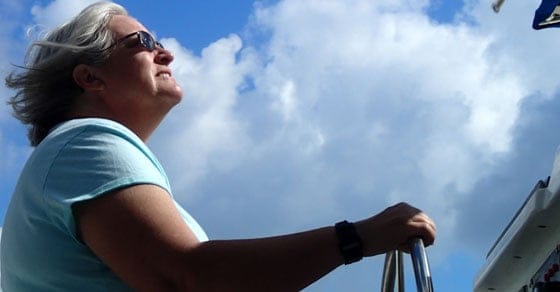
Galley Tips
Sick or not, everyone on board needs to be fed and hydrated. These tips will help.
- Never assume no one will get seasick. (Yeah, I violated this rule.) It’s easy to be complacent and not prepared in case it does strike.
- Before embarking on a trip, fill a cooler with drinks to keep in the cockpit. Everyone can stay hydrated without having to go “inside.”
- Alcohol usually makes seasickness worse (we never drink adult beverages underway in any case). Some people are bothered by caffeine.
- Many people report that pasta and rice are foods least likely to trigger a fresh bout of seasickness. Others say not to eat anything spicy. As you’re coming out of a bout of seasickness on a longer passage, eat foods that appeal to you.
- On longer passages, Gatorade or rehydration drink is good to have easily available in case anyone is sick enough to become dehydrated. On shorter trips, you’ll usually be in a calm anchorage or marina before anyone is seriously dehydrated.
- If you’ll be needing meals underway, prepare them in advance. Cold rice and pasta salads are good since they don’t even have to be heated up. Energy bars are also easy to grab. Heat soups in advance and keep them in a Thermos.
- Don’t try to wash dishes underway unless on a multi-day passage. And then, you might want to wait until the first couple of days — and the seasickness — have passed).
- If ginger or mint help anyone affected, keep a stock in a convenient place.
- If you are seasick and taking other meds (birth control, cholesterol, blood pressure, diabetes, antibiotics or anything else), you may be puking up your meds and creating other problems. I don’t have the answers for you, but be aware of potential problems and discuss this with your doctor.
Lots of well-known cruisers suffer from seasickness — Lin Pardey and Beth Leonard have both done double circumnavigations despite having to deal with seasickness. Preparation is key!
Know some other tips or tricks that I missed? Add them in the comments. Please NOTE: Do not recommend medications. Search engines and social media penalize non-medical professionals for recommending medications. Make sure this information reaches people who need it by NOT mentioning your favorite medication.
Related Posts

Quickly find anchorages, services, bridges, and more with our topic-focused, easy-to-use waterproof guides. Covering the ICW, Bahamas, Florida, and Chesapeake.
Explore All Guides

Carolyn Shearlock has lived aboard full-time for 17 years, splitting her time between a Tayana 37 monohull and a Gemini 105 catamaran. She’s cruised over 14,000 miles, from Pacific Mexico and Central America to Florida and the Bahamas, gaining firsthand experience with the joys and challenges of life on the water.
Through The Boat Galley, Carolyn has helped thousands of people explore, prepare for, and enjoy life afloat. She shares her expertise as an instructor at Cruisers University, in leading boating publications, and through her bestselling book, The Boat Galley Cookbook. She is passionate about helping others embark on their liveaboard journey—making life on the water simpler, safer, and more enjoyable.
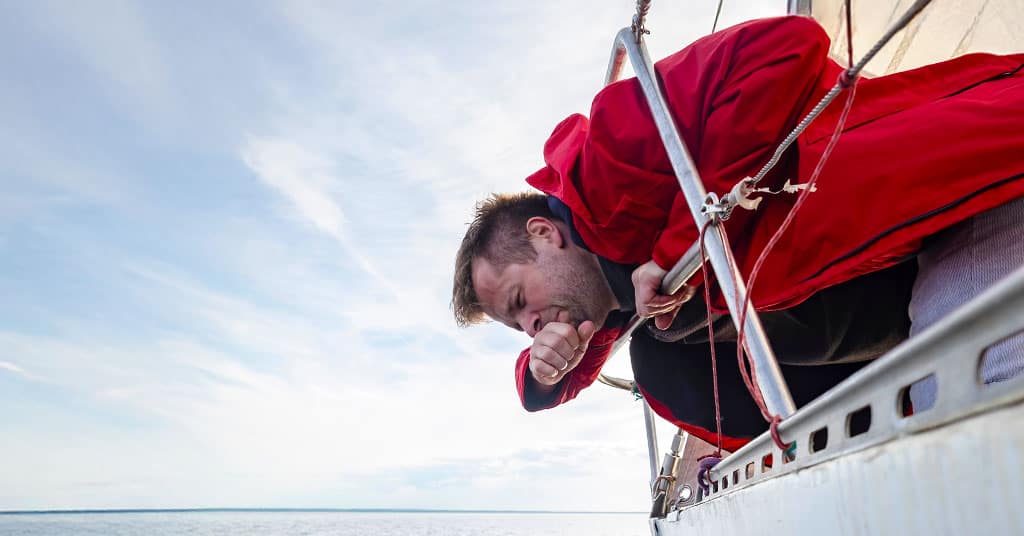


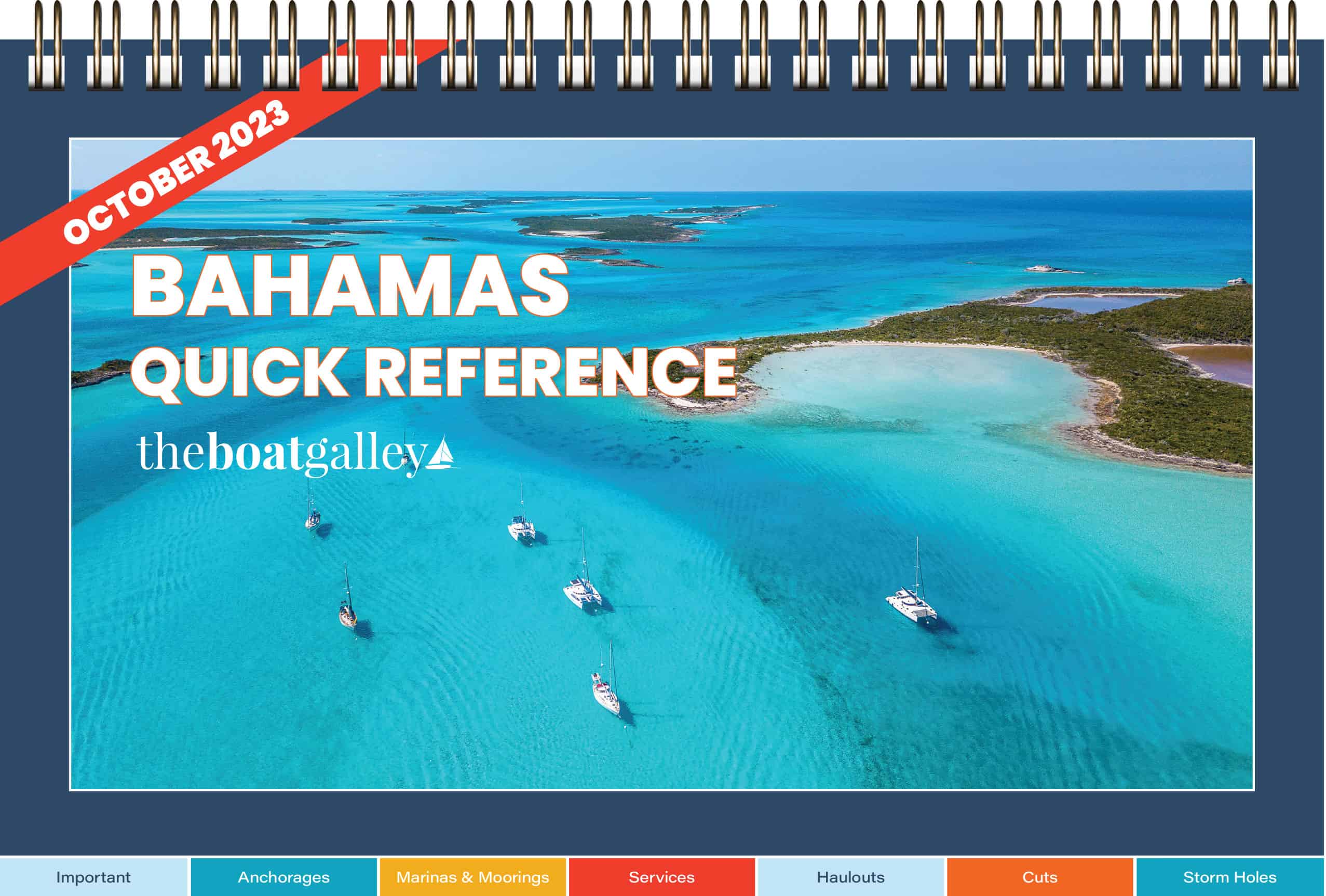
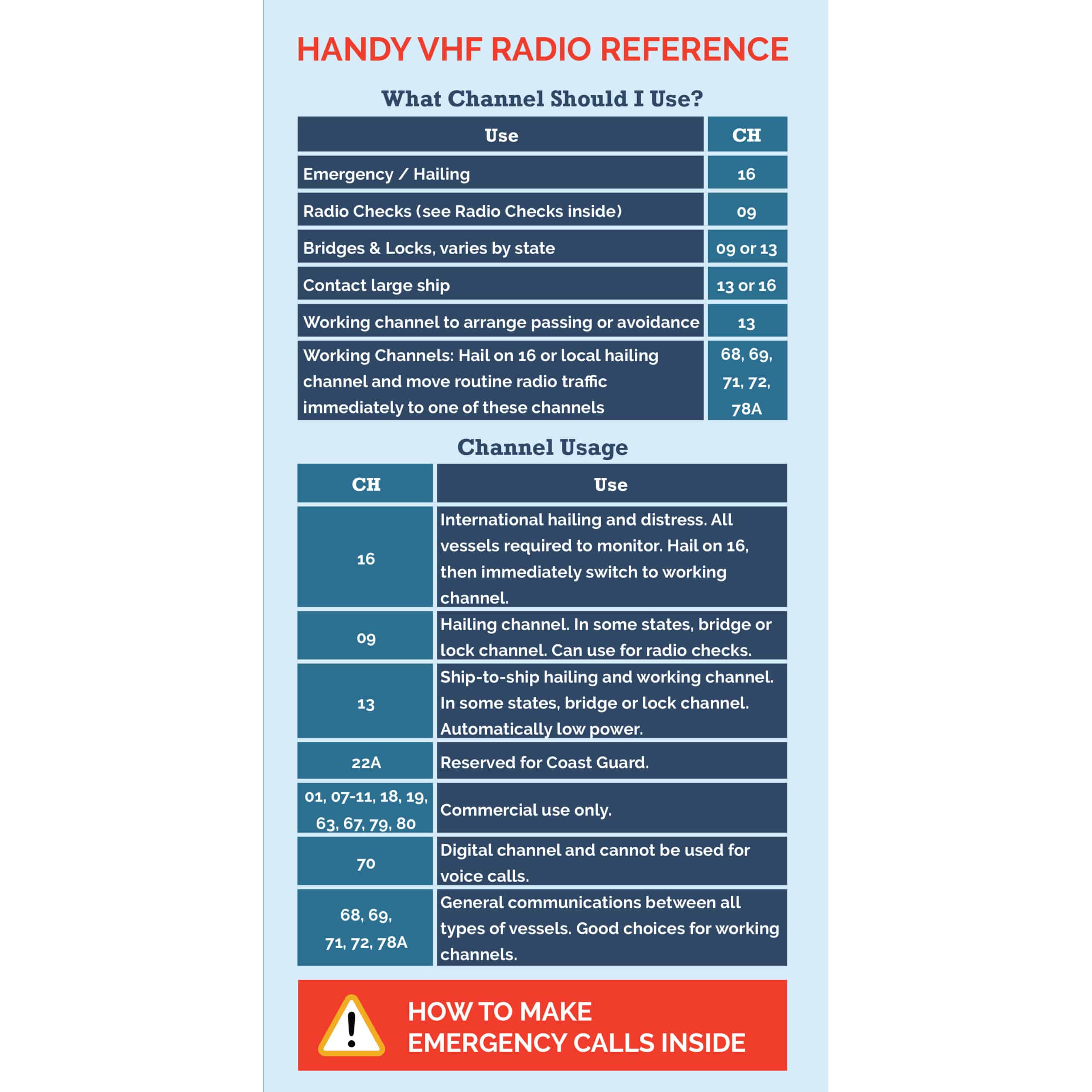



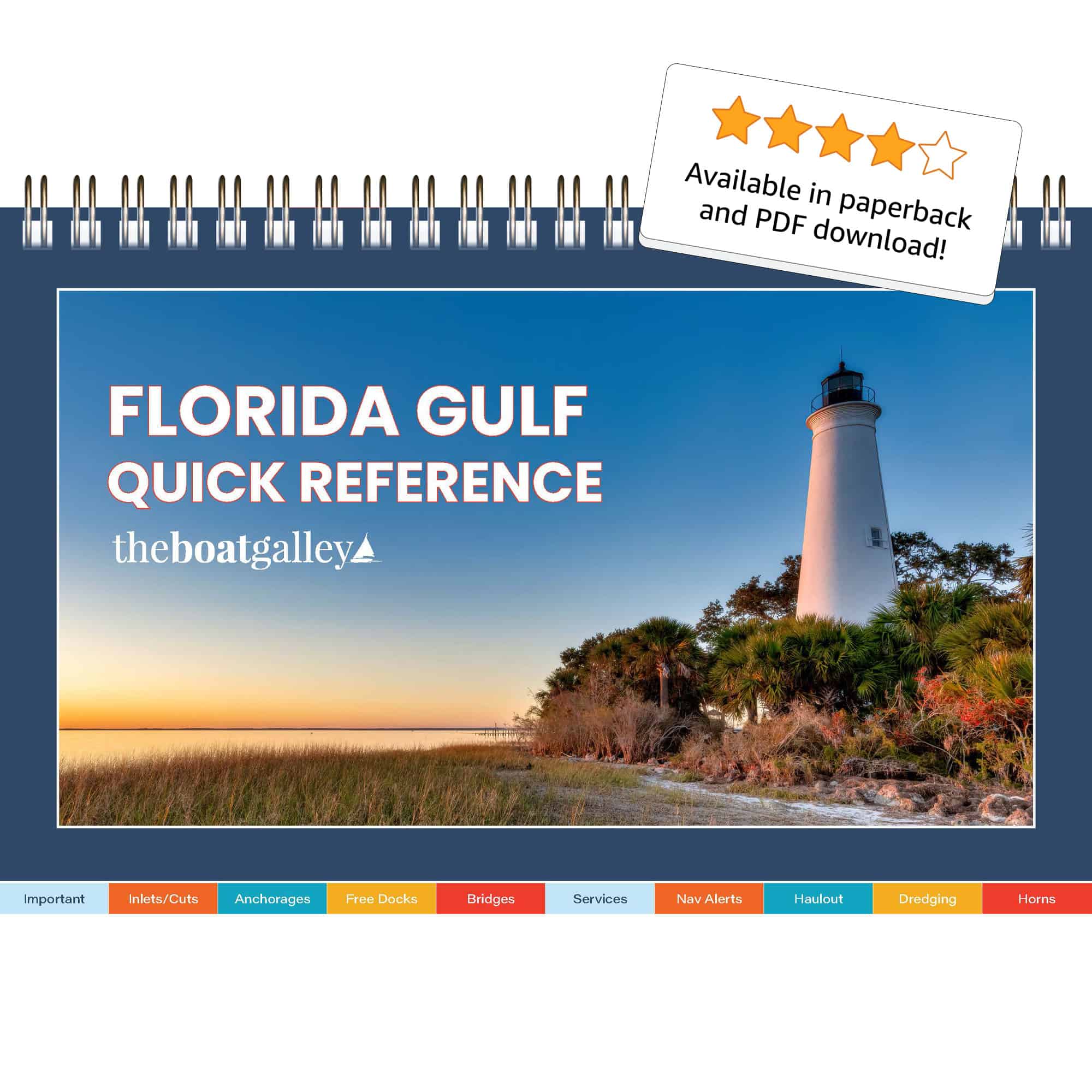
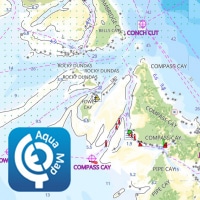
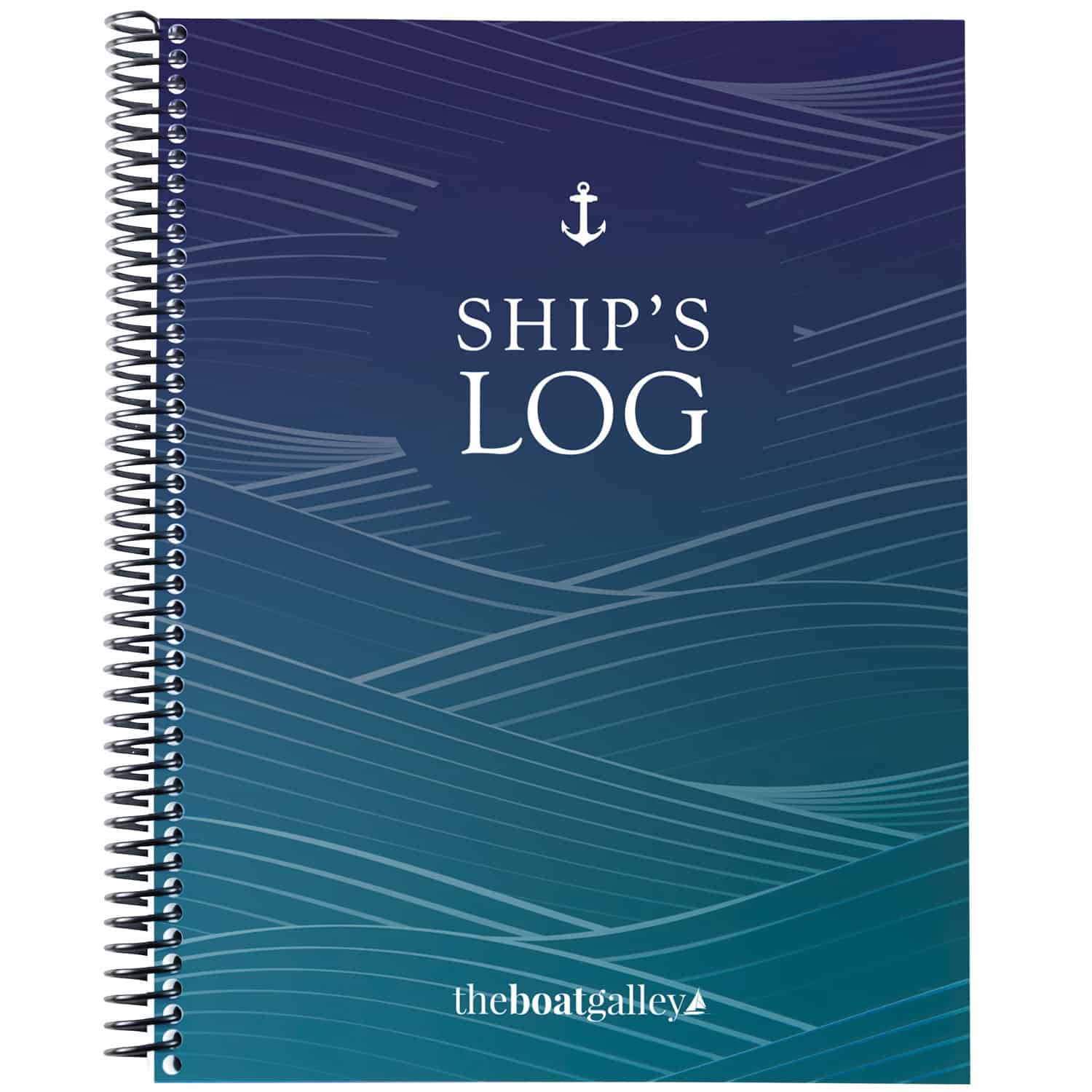
Carolyn Shearlock says
Really good suggestion — hadn’t thought of needing to try meds out ahead of time, but of course there can be side effects that affect one person and not another. The idea of meds in wafer form is also good.
Carolyn Shearlock says
I think that it was a combination of looking at the horizon (I look at the sails a LOT when I have the helm) AND having something else to concentrate on. And no, never had an empty stomach — dry heaves are even worse!
Sue says
Great article Carolyn. While I dont seem to suffer feom seasickness, my husband does. He has found Stugeron works for him better than anything else we have tried. I use 1/2 one when really anxious too. He takes one 1/2hour or so before leaving, lift anchor, we hoist sails, and when he gets drowsy he goes and has a nap.
Before this we tried all sorts of things with carying results
Treatment for seasickness? Lots of fluids definitely…dry crackers and tinned fruit work for us. I cant make cooking smells while he is sick so it is high energy and doesnt make smells.
The Boat Galley says
I’m going to get some and try it.
Barbara Leonard says
Motiionease helped my husband on a recent rough passage back from Havana to Key West. He took it after getting sick and it stopped the nausea. He took it again on our way back to Gulfport from Key West and didn’t get sick at all. It is all essential oils and smells good.
The Boat Galley says
Thanks. I’ve never heard of it.
Carolyn Shearlock says
Great idea!
Glenda Neild says
I suspect it didn’t work because it was open to the air thus not creating a closed atmosphere a normal earplug would do?
Trish Draze says
I suffer terribly from seasickness, car sickness, airplane sickness….I will try them for sure…I have tried Dramamine and was out for hours which hindered me in any case of emergency. I tried the non-drowsy formula and it works 50/50 with me. So I want all kinds of alternatives…I do acupuncture and i does work amazingly enough, I have never heard of the bands though so I am all over that!! Thanks
Heather Kolankowski says
In Canada we have Transderm. The patch for behind your ear. You’ll have something similar in the States. 1/2 patch is usually more than enough for even the worst sufferer. I have never met anyone who hasn’t found relief using this. You’ll feel the motion, but not become ill. Put it on the night before, but don’t touch or rub your eyes or lick your fingers………blurred vision and numb tongue! It allows for complete alertness and ability to function. As Rescue Divers, or any diver, it’s imperative to have all your faculties, and we would never dive with any other product.. Good luck & feel well!
Trish Draze says
GREAT information..THANKS!! I haven’t tried that method and combination but it sounds like its down to a science. I am a hard core barfer and I will try anything to get away from it.
I can speak about the lack of potassium/sodium bit, we were done with a dive and surfaced on rough seas and instantly it was on me. My hands became claw like and I could not use them. The mexican boat guy gave me a lunch paperbag to breath into (like for hypervenilating) and a banana..it went away and that guy got a great tip!!
My nurse friend told me it was due to dangerously low on potassium and sodium. It should be noted that I don’t drink the amount of water I should which would be iterated as HIGHLY important and possibly could have prevented that situation.
The fizz thing makes total sense…I will get my seasick baggies made up!!
Jason says
I’m glad it worked for you. I purchased three types of ear plugs, tried them all, changed sides…nithing worked. My seasickness isn’t severe…mainly nausea no vomiting, but still debilitating especially when ocean racing. I was hopeful myself.
After experimenting with multiple types of meds, combinations of meds, alternative methods and comprehensive prep, but the only thing that works for me consistently is good old SCOP patch. I put it on one day prior…and I’m happy as Larry…and just a little tired (which can be overcome).
The Boat Galley says
We’re hoping for early May. https://theboatgalley.com/cruising-plans/
The Boat Galley says
There’s some good in everything, right?
The Boat Galley says
As I’m coming out the other side, I seem to also be doing a LOT better!
Sue says
How do you know which is your dominant ear?
Carolyn Shearlock says
The ear on the same side as your dominant hand. So if I’m right handed, my right ear.
Stiller David says
Useful and wonderful advice today. Just in time for cruising season to begin this memorial weekend.
Many thanks 👍🏾😃
Dave
Deb Spurr says
You’ve asked us not to mention specific medications so I won’t do that However there are some very effective over the counter sea sickness drugs that are can be found in the UK that I haven’t found available in Europe or the USA. They seem to have fewer side effects than most others I have seen and are very effective. If you’re in the UK go and ask the pharmacist.
Dan says
As a veteran offshore charter fishing boat captain, I highly recommend the acupressure wrist bands. These are available at Academy, West Marine, and most major drug stores. They’re reusable and no drowsiness. After using them on over 1,000 customers, they never failed. Also, the only thing that works after you start feeling that green around the gills sensation!! No, I don’t get any compensation but I should!! I also got some for my daughter who suffered from debilitating morning sickness. Problem solved!